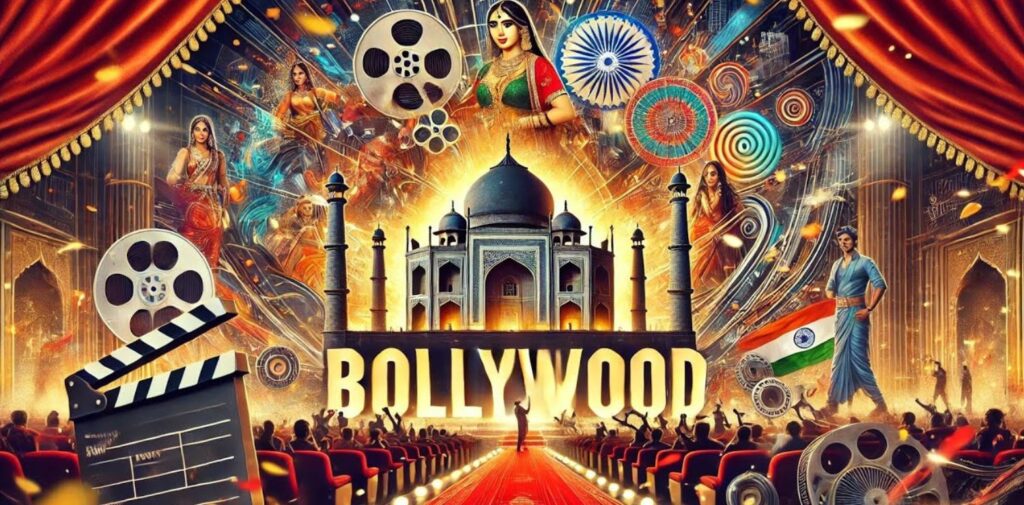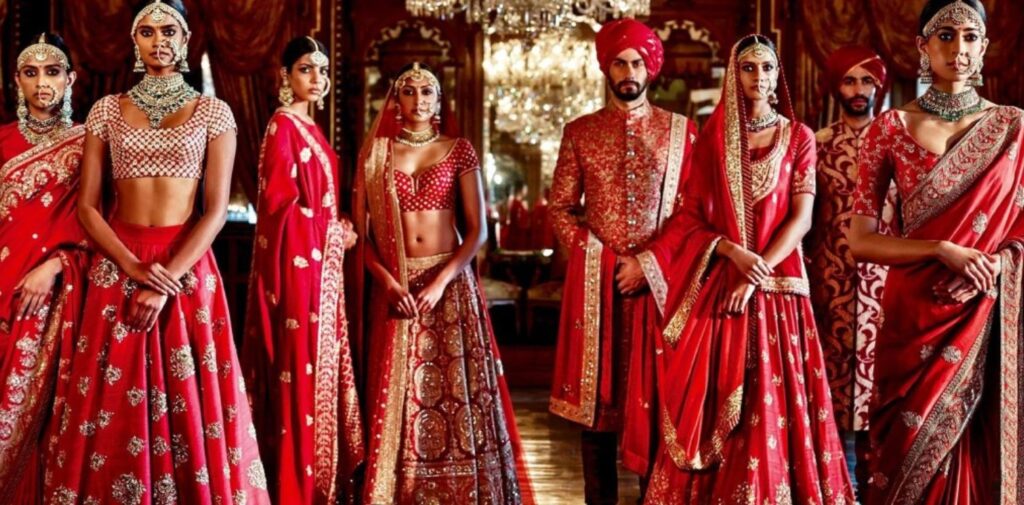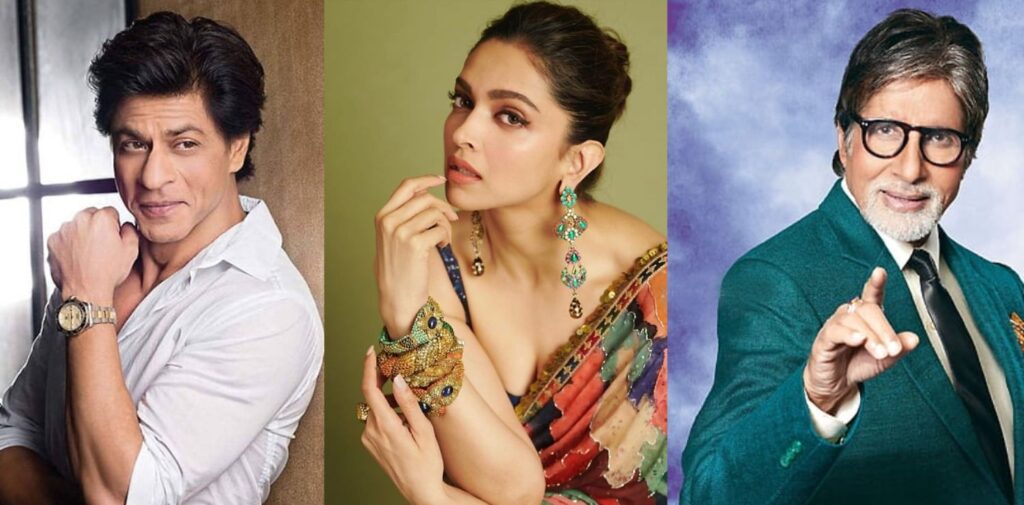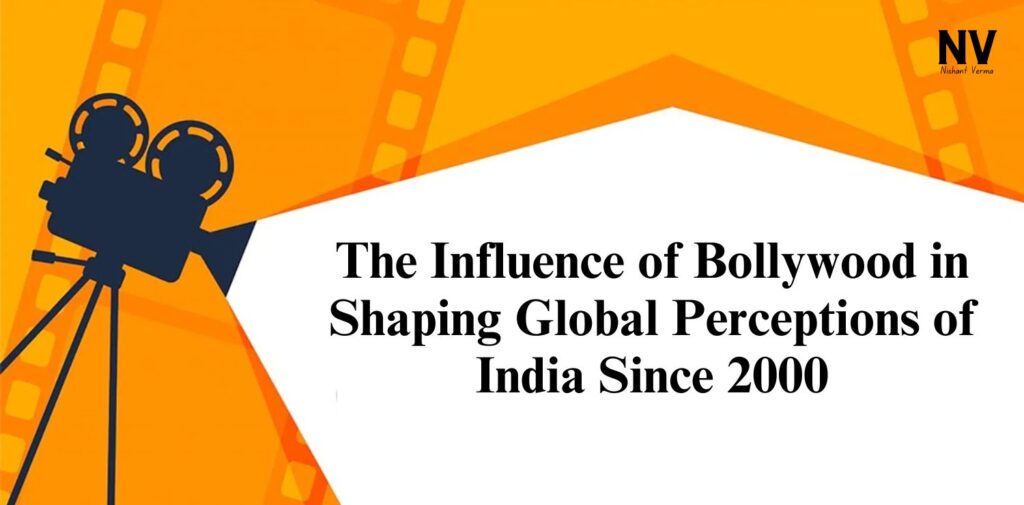Bollywood, the Hindi-language film industry based in Mumbai (formerly Bombay), has long been a cultural powerhouse, not only in India but also across the globe. Since the turn of the 21st century, Bollywood has experienced an explosion in popularity worldwide, influencing how people perceive India and its culture. From movies that highlight India’s rich traditions to those that depict modern-day issues, Bollywood has been instrumental in shaping global perceptions of the country. This article explores the Influence of Bollywood in Shaping Global Perceptions of India Since 2000.
1. The Global Reach of Bollywood Cinema
In the early 2000s, Bollywood started expanding its influence beyond India’s borders. With the rise of the internet and digital platforms, Indian films began reaching audiences in countries where they had never been seen before. People from different cultures, especially in the Middle East, Southeast Asia, Europe, and even the United States, began to access Bollywood films through DVDs, television channels, and streaming services.
Bollywood’s international success was not limited to just Indian diaspora communities. For example, films like Dilwale Dulhania Le Jayenge and Kabhi Khushi Kabhie Gham became iconic in countries like the UK and the US. These films portrayed the values of love, family, and tradition that resonated with a global audience. Over time, Bollywood stars like Shah Rukh Khan, Aishwarya Rai, and Priyanka Chopra became household names, further solidifying Bollywood’s global presence.

2. Promoting Indian Culture and Traditions
One of the most significant ways Bollywood influences global perceptions of India is through the portrayal of its culture and traditions. Indian films have long showcased the country’s rich cultural heritage, including its vibrant festivals, music, dance, fashion, and cuisine. Movies often depict colorful wedding celebrations, grand family gatherings, and beautiful rural landscapes, painting a picture of India that is full of warmth and joy.
Films like Lagaan, Kabhi Khushi Kabhie Gham, and Bajirao Mastani highlight various aspects of Indian culture, such as the importance of family ties, respect for elders, and the spiritual significance of religious festivals like Diwali and Eid. These portrayals help international audiences understand the deep-rooted traditions that shape Indian society and contribute to a positive image of India as a country that values its history and heritage.
3. Challenging Stereotypes and Misconceptions
While Bollywood has certainly romanticized Indian culture, it has also played a key role in challenging common stereotypes and misconceptions about India. In the past, many people outside India viewed the country through a narrow lens of poverty, crowded cities, and a lack of modernity. Bollywood films have worked hard to break these stereotypes by showcasing the diversity of India’s society and the complexities of its modern-day challenges.
For instance, movies like Slumdog Millionaire (though not technically a Bollywood film, it was a collaboration involving Indian talent) gave a realistic portrayal of the poverty in India, while films like 3 Idiots and Zindagi Na Milegi Dobara showcased India’s modern education system, urban lifestyle, and its growing middle class. These movies, along with others, helped to paint a more balanced picture of India, highlighting its progress while not ignoring the challenges it faces.
4. A Platform for Social Change and Awareness
Bollywood has also emerged as a powerful platform for raising awareness about social issues, both in India and around the world. In the 21st century, many filmmakers have used their movies to highlight important issues such as women’s rights, poverty, corruption, environmental sustainability, and more. Films like Paa (which dealt with progeria), Taare Zameen Par (about learning disabilities), and Pink (which focused on women’s consent and rights) have been instrumental in sparking discussions on these topics.
By addressing such sensitive issues through mainstream cinema, Bollywood has brought social problems to the forefront of global conversations. It has shown that India is not just a country of picturesque landscapes and ancient traditions, but also a place where real social challenges are being tackled head-on.

5. Bollywood’s Influence on Fashion and Music
Another area where Bollywood has shaped global perceptions of India is through fashion and music. Bollywood stars are known for their stylish appearances, which often set global trends. The colorful, intricate clothing worn by actresses in popular films has influenced fashion designers around the world. Indian designers like Manish Malhotra and Sabyasachi Mukherjee have gained international recognition, and Bollywood fashion is often seen at major events like the Cannes Film Festival.
In terms of music, Bollywood has also left a lasting impact on the global music industry. The vibrant soundtracks of Bollywood films, often featuring a blend of traditional Indian instruments and modern music, have gained popularity worldwide. Songs like Jai Ho from Slumdog Millionaire became anthems that transcended geographical boundaries. The catchy rhythms and energetic beats have led to collaborations with international artists, bringing Indian music to the global stage.

6. The Rise of Bollywood Stars on the International Stage
The last two decades have seen Bollywood stars take center stage not only in India but also on the global platform. Actresses like Priyanka Chopra, Deepika Padukone, and Freida Pinto have made their mark in Hollywood, while Bollywood actors like Shah Rukh Khan, Aamir Khan, and Hrithik Roshan have gained recognition worldwide.
Shah Rukh Khan, in particular, has become a global ambassador for Bollywood. Known for his roles in romance films, he has a massive fan following that spans continents. His ability to connect with audiences from different cultures has helped to boost Bollywood’s reputation as a culturally diverse and inclusive industry. Moreover, Bollywood’s growing presence in international film festivals and award shows has further established it as a significant player in global cinema.
Conclusion: The Influence of Bollywood
Since the year 2000, Bollywood has transformed from being a regional entertainment industry to a global phenomenon. Through its colorful storytelling, engaging characters, and music, Bollywood has shaped how people around the world perceive India. It has helped showcase India’s diverse culture, challenged stereotypes, raised awareness about social issues, and influenced global fashion and music trends. Today, Bollywood’s influence is undeniable, and it continues to play a key role in shaping the world’s perception of India as a country that is rich in tradition yet modern and dynamic in its outlook. As the industry continues to grow, its ability to bridge cultural gaps and promote a better understanding of India will only become stronger.




